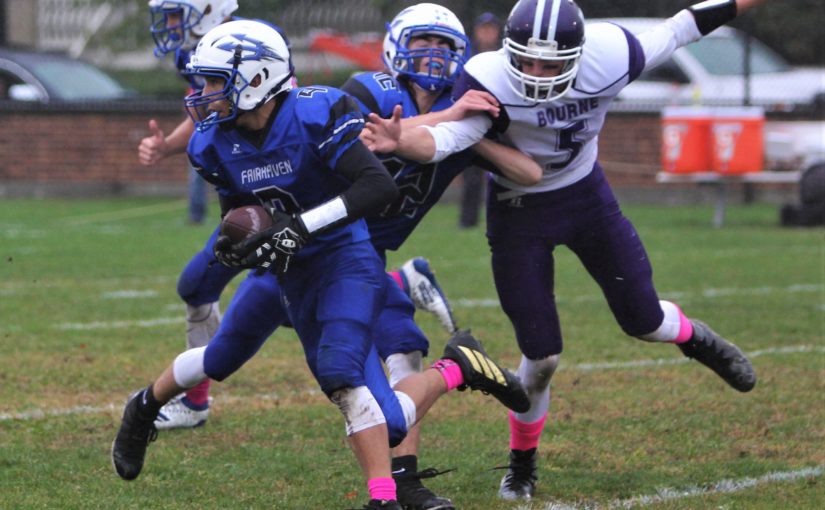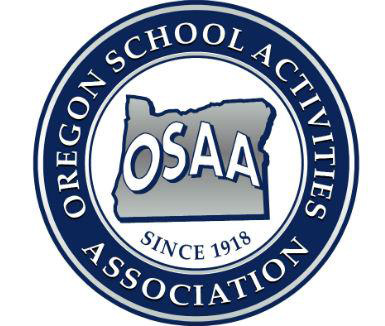Coaching Football During COVID-19
In many parts of the country, Friday nights in the fall wouldn’t be complete without the local high school football team taking the field.
Like many other facets of life in 2020, however, high school football traditions have been turned upside down by the coronavirus pandemic. While 35 out of 50 states ultimately moved forward with their seasons in the fall, it’s hardly been business as usual in communities even where the lights have flickered on Friday nights.
In Georgia, head coach Adam Carter is in his second season presiding over powerhouse Grayson High in Gwinnett County. The Rams were ranked as high as fourth in the MaxPreps national rankings in mid-November, sporting an 8-0 record in Class 7A, the highest level of competition in the Peach State.
The game of football itself remains fundamentally unchanged for Grayson, which has won a pair of state championships over the last decade (2011, 2016). But the buildup to the season was taxing for Carter and his coaching staff, as social distancing guidelines made it difficult for the program to have any semblance of a normal off-season.
“I’m a big relationships guy, so when our kids got shut down from school in March and we kept thinking ‘they’re gonna come back, they’re gonna come back’ and they never did…losing that time with your kids is tough,” Carter said. “In the summertime, where I got to see just a couple of kids a day instead of the 150 I normally see, that takes a toll on you as a coach. You want to see your kids and your kids want to see you.”
A limited number of players and coaches were able to attend practice at a given time, where masks were required upon entry. Practices in the summer for the Rams would begin with each player and coach getting a temperature check before entering the facility, and unless participating in active drills, masks had to be worn by players and coaches even when lifting weights.
There was no sharing of water bottles between players, a practice that has continued over to game days. While it isn’t uncommon for different position groups to practice separately even in normal times, there was very little interaction between them during summer sessions.
During games, players must stand six feet apart from one another on the sidelines, part of an overall change in the ambiance at Grayson Community Stadium. Fans are allowed into the 8,521-seat stadium at 30% capacity, while the school’s band has been relocated from the bleachers to the end zone so as not to count towards the attendance figure.
Social distancing is recommended, Carter said, as safety measures are read aloud from the public address system. Masks are not required for spectators, though different areas of the bleachers are marked off to encourage spectators to stand apart.
“It’s a small crowd, but it’s been good,” Carter said.
Out west, St. Anthony High in Long Beach, CA, is waiting until mid-December to begin training camp for a season, which, in a normal year, would be long since over by then. The wait is even longer at Upper Cape Cod Regional Technical High School in Bourne, MA, where the hope is for a football season to begin in late February as part of a so-called “Fall II,” or “wedge” season. Assuming it happens, it would give Massachusetts four high school sports seasons rather than the traditional three.
Five out of six states in New England have pushed off football until 2021, New Hampshire is the lone exception.
For Mario Morales, who at least has the advantage of eight seasons under his belt as coach of the Saints in Southern California, getting back into the swing of things shouldn’t be too much of a challenge. But on Cape Cod, Dayne Johnson is preparing for his first-ever head coaching job at the vocational school.
Johnson, who previously coached across the Cape Cod Canal at Old Rochester Regional in Mattapoisett. was introduced at UCT in early March. A week later, the school shifted to remote learning for the rest of the school year, and he still hasn’t been able to meet every prospective player for this season’s team.
“It certainly wasn’t the way I wanted to begin my head coaching career,” Johnson said. “I’ve been able to pass out a few playbooks and things like that, but as far as getting organized, there’s been nothing.”
Both Morales and Johnson expressed the difficulty of seeing teams in other parts of the country get their seasons off without a hitch, but are also understanding of the unprecedented circumstances which have led to the delay.
There’s been no football-related activity for Johnson’s team this fall, but Morales has been able to get the Saints together twice a week for conditioning and twice a week for weight training — outdoors — as well as virtual meetings. Practice was scheduled to begin for St. Anthony on December 14 before scrimmaging on January 2 and opening its regular season a week later.
Morales isn’t so much worried about his team’s football IQ upon returning, with 12 projected starters due back, but does wonder how quickly the offensive line will get up to game speed. Due to social distancing measures, the offensive line hasn’t been able to practice with normal splits.
“I think we’re going to be a little bit behind in that sense, but kids are so resilient,” Morales said. “They’ll learn so fast. Once we have a full practice model, I really think we’re gonna take off. But until that happens, I’m a little concerned.”
In California, teams will participate in a 10-week regular season without byes, followed by the playoffs, which would culminate in championship games being played at the end of March. Before you know it, the spring football portion of the off-season schedule will be there.
“It’s hard to tell how that’s going to affect us in any way, positively or negatively,” Morales said. “It’s something we’ve never been through before.”
Jake Levin is a freelance sports writer and reporter based out of Massachusetts. You can follow his work on Twitter here.





